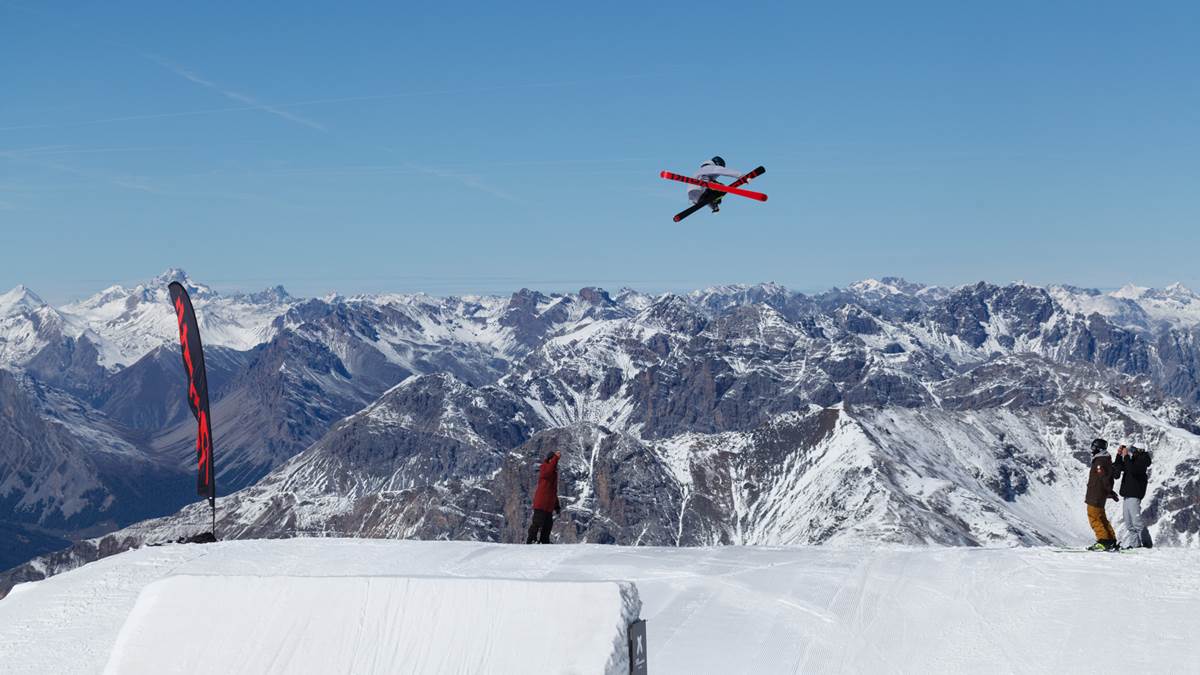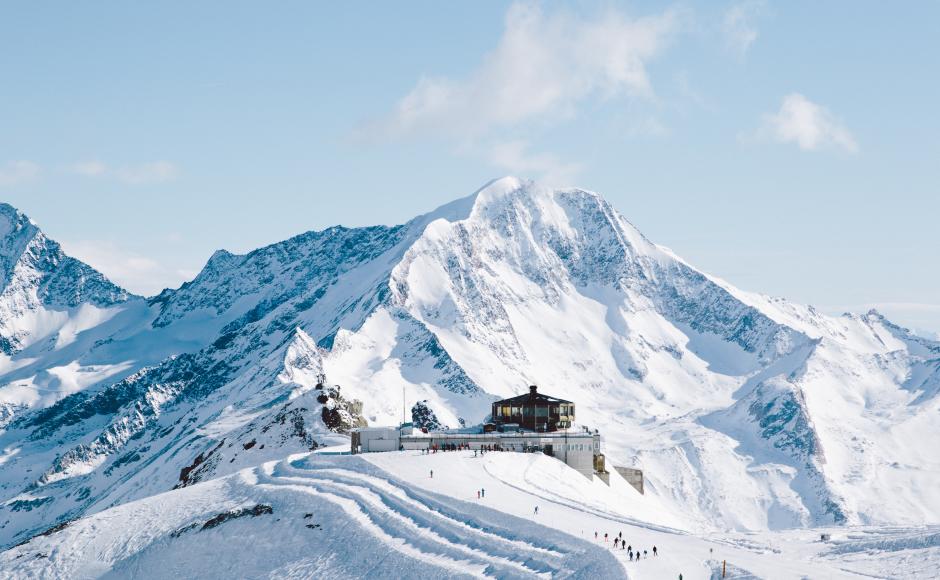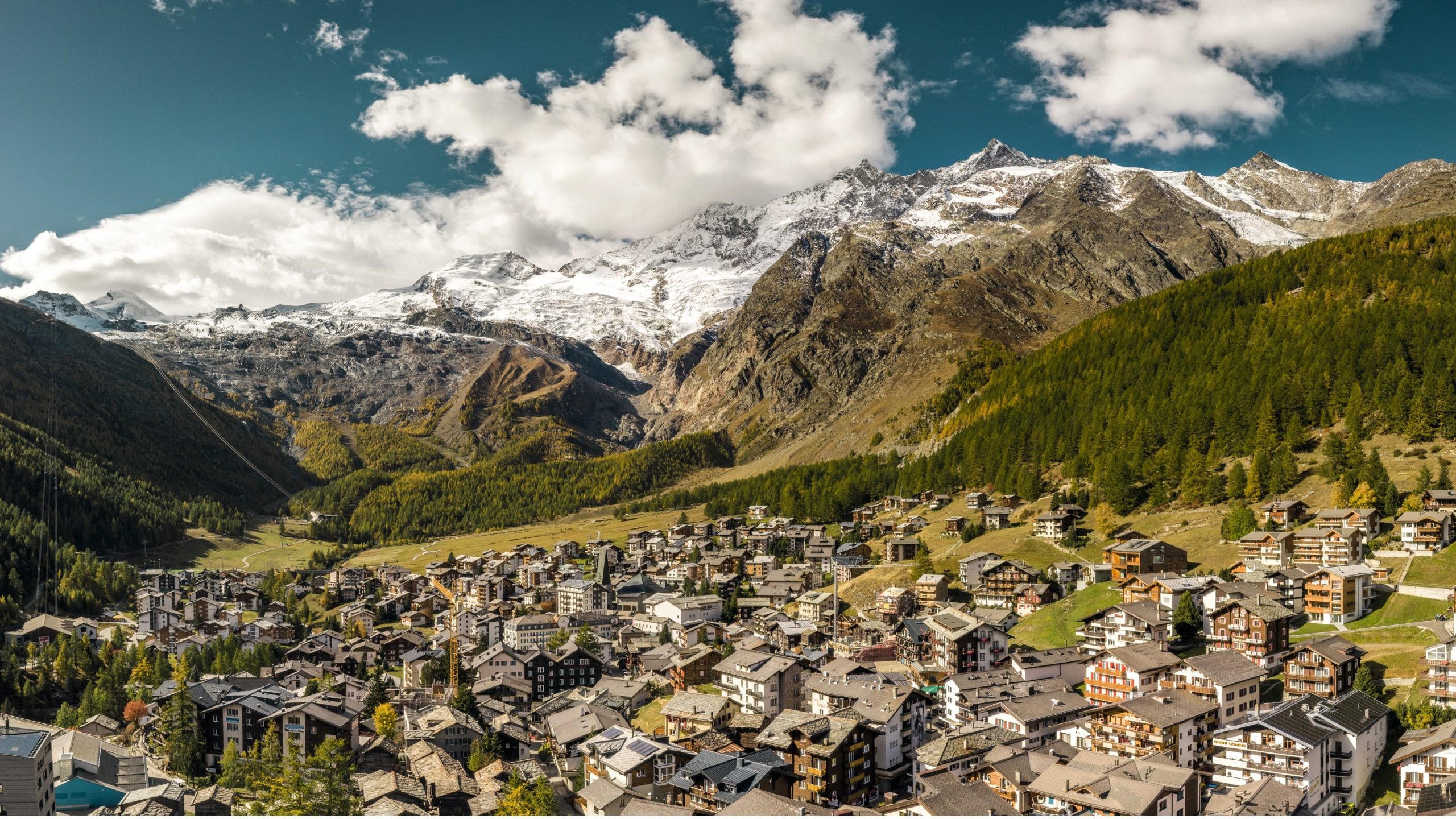
It’s the time of year where skiers and riders are the most excited of all. Temperatures are dropping, snow may be sprinkling some peaks, and the professionals are already out on snow doing their thing. The hustle of the beginning of another competition (or leisure) season has begun.
The pros are lucky and usually get to jump into action right away. Training venues such as Passo del Stelvio in Italy or Saas-Fee & Zermatt in Switzerland provide amazing environments for the best in the world to get geared up for the busy season ahead. These glaciers are stunning, and World Cup teams jump onto them as soon as possible which typically lands in early September each year. But to find these environments you have to go high.
Really. High.
These picturesque training zones sit incredibly high in the Alps, with the peaks of Stelvio and Saas-Fee sitting at 11,318ft and 11,811ft respectively. While these pale in comparison to peaks such as Everest and K2, they still bring the dangers of altitude-related sicknesses including High-Altitude Pulmonary Edema (HAPE).

HAPE is the deadliest high-altitude-related illness and it stems from an accelerated exposure to low-oxygen/high-altitude environments such as those on these glaciers. With a daunting death rate of up to 50% this extreme form of altitude sickness is not to be messed with, especially on a glacier. The form of Pulmonary Edema was first recognized in the 1800s, with one of the first documented deaths being that of a rescue doctor who spent two nights at the Mont Blanc Observatory in France, which sits at 4300 meters (14,197ft).
HAPE begins as something similar to a cold, with symptoms such as coughing, shortness of breath, and chest tightness (according to the Lake Louise Consensus Definition.) HAPE immediately affects performance, inducing fatigue, weakness, and an increase in recovery time even in high-performance athletes. The later stages of HAPE become concerning and are presented by a bloody/frothy consistency of mucous. This stage has been shown to cause neurological symptoms such as altered consciousness and poor coordination which present obvious but extreme physical danger when in a mountainous or glacial environment. Death due to HAPE typically comes when the membrane separating blood and air in the lungs is damaged to the point of extensive fluid leak.
Luckily, these dangers are easily prevented or reversed through simple precautions. A rule of thumb, according to the Wilderness Medical Society, is to only increase in elevation by 500 meters (1640ft) or less per day once 3000m (9842ft) is reached and to allow ample time (typically a full day) to allow a body to re-adjust to these altitudes. It is especially important for high-performance athletes at these elevations to monitor their bodies closely, as early symptoms of HAPE can be easily mistaken as simple byproducts of their training day(s). If symptoms do become prevalent, a patient should be brought to a lower elevation immediately, as even 500 meters of descent can affect the outcome of HAPE drastically. Visitors to these environments who travel from places at sea level are at much higher risk and need to be extremely cautious. Furthermore, those with a history of HAPE have options for preventative medications such as nifedipine which blocks calcium movement and lowers blood pressure.
These high-altitude training camps are essential for World Cup success in all of the ski racing, snowboard racing, and many freestyle disciplines but without proper precautions and monitoring, a season or even a career could be cut short. Whether you’re a professional looking to win in Beijing 2022 or just a keener looking for some early turns, it’s always important to keep yourself safe. Always stay hydrated, avoid alcohol (or at least try to) and continuously listen to your body so that these early glacier adventures can be just the start of another amazing season on the slopes.
